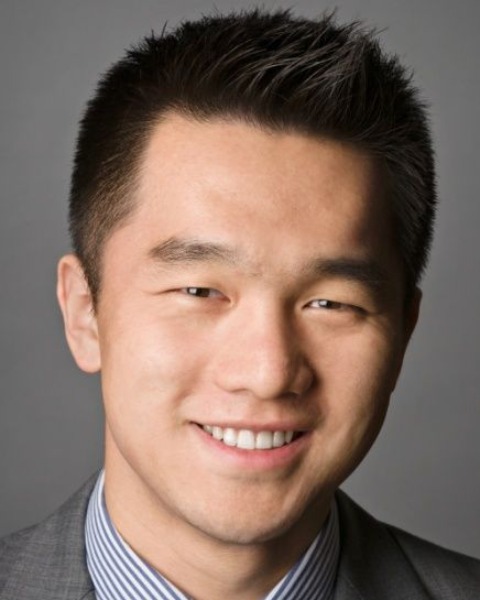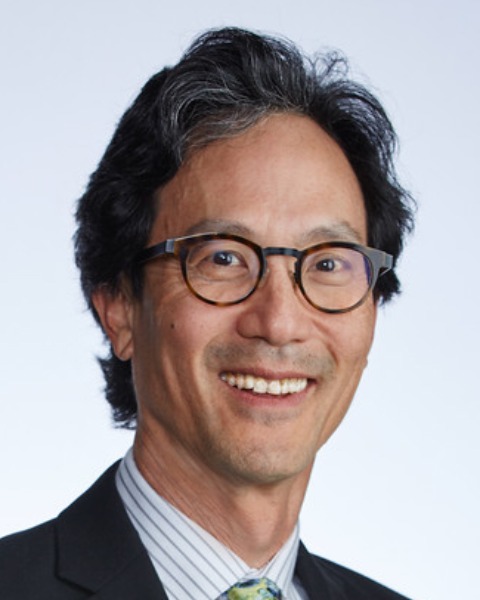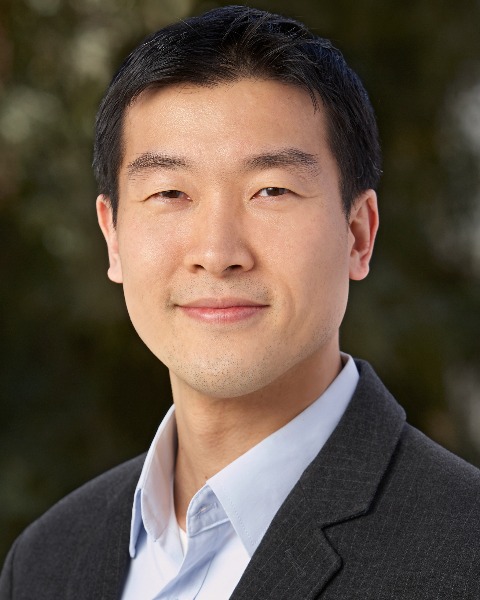Interventional Oncology
Selective Hepatic Vein Sampling for Enriched Circulating Tumor Cell Collection in Patients with Liver Dominant Malignancy—Preliminary Results

James Z. Hui, MD, PhD
Resident
Interventional Radiology, Stanford UniversityDisclosure(s): No financial relationships to disclose
- YZ
Yili Zhu, PhD
Postdoctoral scholar
Pathology, Stanford University 
Daniel Y. Sze, MD, PhD
Professor of Radiology
Stanford University- AL
Alarice Lowe, MD
Associate Professor
Pathology, Stanford University 
David S. Wang, MD, FSIR
Clinical Associate Professor
Interventional Radiology, Stanford University
Abstract Speaker(s)
Author/Co-author(s)
Materials and Methods: Under an IRB approved protocol, venous blood samples were collected via a catheter placed into the main hepatic vein draining intrahepatic tumors and via a peripheral vein in 5 GI cancer patients with liver dominant metastases or primary liver cancer during their standard of care chest port placement procedures. The samples were processed and analyzed for the presence of CTCs (EPCAM+, CK+, CD45-) using a high-throughput immunofluorescent imaging platform (Rarecyte CyteFinder II). For each patient, CTC counts were compared between the hepatic vein and peripheral vein samples.
Results:
In all patients, CTCs were enriched in the hepatic vein samples compared to the peripheral vein samples, ranging from 1.9-fold to >1000-fold (Table). In the patient with lowest CTC enrichment, there was a general paucity of EPCAM+/CK+/CD45- CTCs despite extensive disease burden, but instead an abundance of EPCAM-/CK+/CD45- cells, which may suggest the presence of CTCs with atypical surface makers in subsets of patients, as has been previously reported.*
Conclusion: Selective hepatic vein sampling using routine IR techniques can increase the yield of CTCs for clinical and basic science research into GI malignancies. This may allow IRs to contribute to the development of better prognostic biomarkers, detect micro-metastases, and advance research on the biology of metastasis.

.png)
.jpg)
.png)
.png)
.jpg)
.jpg)
.png)
.png)
.png)